
- September 17, 2023
- Dennis Frank
- 3
Table of Contents
Blockchain technology has revolutionized various industries, offering secure and transparent transactional systems. However, to ensure the reliability and validity of transactions on a blockchain network, consensus mechanisms play a crucial role. In this article, we will explore the primary purpose of consensus mechanisms in blockchain and their significance in maintaining the integrity of the network.
Understanding the Basics of Blockchain Technology
Before delving into the significance of consensus mechanisms, it is essential to grasp the fundamentals of blockchain technology. Blockchain is a decentralized digital ledger that records transactions across multiple computers, known as nodes. Each transaction is added as a block to the chain, creating an immutable record of all activities. The underlying principles of blockchain are decentralization, transparency, and security.
The Concept of Decentralization in Blockchain
One of the fundamental features of blockchain is decentralization, which ensures that no single entity has control over the network. Instead, authority is distributed among all participants, enhancing transparency and eliminating the need for intermediaries. Decentralization enables the network to be resistant to censorship and single points of failure, making it robust and trustworthy.
Decentralization in blockchain is achieved through a consensus mechanism, where all participants agree on the validity of transactions. This agreement is reached through a process called mining, where nodes compete to solve complex mathematical problems. The first node to solve the problem adds a new block to the chain and is rewarded with cryptocurrency.
By distributing authority among multiple nodes, blockchain eliminates the need for a central authority, such as a bank or government, to validate transactions. This not only reduces costs but also increases the efficiency of the system. Transactions can be processed and verified much faster since there is no need for intermediaries to validate them.
Furthermore, decentralization in blockchain enhances security. Since the network is distributed across multiple nodes, it becomes difficult for hackers to compromise the system. Even if one node is compromised, the rest of the network remains intact, ensuring the integrity of the data. This makes blockchain highly resistant to cyber attacks and fraud.
The Role of Cryptography in Blockchain
In blockchain, cryptography secures the network by encrypting data and verifying its integrity. Cryptographic algorithms ensure that transactions remain private and tamper-proof. Public and private key pairs authenticate and authorize transactions while maintaining anonymity. Cryptography provides a strong layer of security in blockchain networks, preventing unauthorized access and maintaining the integrity of the system.
One of the key cryptographic techniques used in blockchain is hashing. Hash functions convert data into a fixed-length string of characters, known as a hash. This hash is unique to the input data and acts as a digital fingerprint. Any change in the input data will result in a completely different hash, making it easy to detect tampering.
Another cryptographic technique used in blockchain is digital signatures. Digital signatures provide a way to verify the authenticity of a message or transaction. They are created using the sender’s private key and can be verified using the corresponding public key. This ensures that the message or transaction has not been altered during transmission.
By combining these cryptographic techniques, blockchain ensures the privacy and security of transactions. Each transaction is encrypted and can only be accessed by the intended recipient. Additionally, the use of digital signatures ensures that transactions are authentic and have not been tampered with.
In conclusion, blockchain technology is built on the principles of decentralization, transparency, and security. By distributing authority among multiple nodes and using cryptographic techniques, blockchain ensures the integrity of transactions and enhances the security of the network. Understanding these basics is crucial for comprehending the significance of consensus mechanisms in blockchain.
Defining Consensus Mechanisms in Blockchain
Consensus mechanisms are protocols that enable participants in a blockchain network to reach an agreement on the validity and order of transactions. Consensus is necessary because multiple participants may simultaneously propose conflicting transactions. Without consensus, the blockchain would lack the necessary trust and consistency required for secure and reliable transactions.
The Importance of Agreement in a Decentralized Network
In a decentralized network, consensus is vital to ensure that everyone agrees on the validity of transactions. Consensus mechanisms allow participants to independently verify and validate transactions without relying on a single central authority. This agreement among participants is essential for the successful operation of a decentralized blockchain network.
Different Types of Consensus Mechanisms
Various consensus mechanisms exist in blockchain networks, each with its own unique approach to achieving agreement. Some popular consensus mechanisms include Proof of Work (PoW), Proof of Stake (PoS), Delegated Proof of Stake (DPoS), and Practical Byzantine Fault Tolerance (PBFT). Each mechanism has its strengths, weaknesses, and underlying algorithms that govern the agreement process.

The Primary Purpose of Consensus Mechanisms
The primary purpose of consensus mechanisms in blockchain is to ensure the validity and integrity of transactions. Consensus mechanisms achieve this by establishing agreement among network participants and preventing malicious actors from tampering with the blockchain. Let’s explore the core purposes of consensus mechanisms.
Ensuring Transaction Validity and Integrity
Consensus mechanisms verify the validity of transactions and prevent double-spending, where the same asset is spent multiple times. By reaching consensus on transaction authenticity, participants agree on the order in which transactions are added to the blockchain. This process ensures that only valid and legitimate transactions are recorded, maintaining the integrity of the network.
Maintaining Network Security and Stability
Consensus mechanisms are critical for maintaining network security and stability. By agreeing on a set of rules and validating transactions based on those rules, consensus mechanisms thwart attempts to compromise the network. These mechanisms establish a trustless environment, eliminating the need for participants to rely solely on the goodwill of others. By ensuring network stability, consensus mechanisms foster the overall security of the blockchain.

The Impact of Consensus Mechanisms on Blockchain Performance
While consensus mechanisms play a vital role in maintaining the integrity and security of blockchain networks, they also have an impact on performance. It is crucial to strike a balance between achieving consensus and optimizing the speed and scalability of transactions.
Speed and Efficiency in Transaction Processing
Consensus mechanisms can affect the speed and efficiency of transaction processing. Some mechanisms, such as Proof of Work, might require extensive computational resources and time to verify transactions. On the other hand, mechanisms like Proof of Stake can significantly improve transaction speed by reducing the computational requirements. Optimal consensus mechanisms should strike a balance between security and transaction processing speed.
Scalability Issues and Potential Solutions
Scalability is another important consideration when it comes to consensus mechanisms. As blockchain networks grow, the number of transactions increases, potentially causing congestion and slower transaction speeds. To address scalability challenges, researchers and developers are continuously exploring innovative consensus mechanisms that can handle larger transaction volumes without compromising security. These solutions aim to improve the performance and scalability of blockchain networks.
Future Developments in Consensus Mechanisms
The field of consensus mechanisms is continually evolving, driven by the need to improve blockchain technology. Innovations in consensus algorithm design are paving the way for more efficient and secure blockchain networks.
Innovations in Consensus Algorithm Design
Researchers and blockchain enthusiasts are actively exploring novel consensus mechanisms that can enhance existing blockchain networks. Concepts such as Proof of Authority (PoA), Proof of Elapsed Time (PoET), and Directed Acyclic Graphs (DAGs) like Tangle aim to achieve consensus in unique ways. These innovative algorithms address various limitations of traditional mechanisms and offer potential solutions for scalability, energy efficiency, and security.
The Role of Consensus Mechanisms in Blockchain’s Evolution
The development of consensus mechanisms significantly influences the evolution of blockchain technology. New consensus algorithms have the potential to revolutionize the way transactions are validated and agreed upon in blockchain networks. As the technology matures, consensus mechanisms will continue to play a pivotal role in shaping the future of blockchain and its adoption across industries.
In conclusion, consensus mechanisms serve the primary purpose of ensuring the validity, integrity, and security of transactions in blockchain networks. By establishing agreement among participants, consensus mechanisms enable decentralized networks to function efficiently and reliably. As blockchain technology advances, innovations in consensus algorithms will drive further improvements in performance, scalability, and security. Understanding the primary purpose and impact of consensus mechanisms is crucial for comprehending the underlying mechanisms that make blockchain a transformative technology. You can also watch a video (9 minutes) that also discusses Exploring the Different Types of Consensus Mechanisms in Blockchain.
If you enjoy learning from video, look at KryptoKrakens Video Series














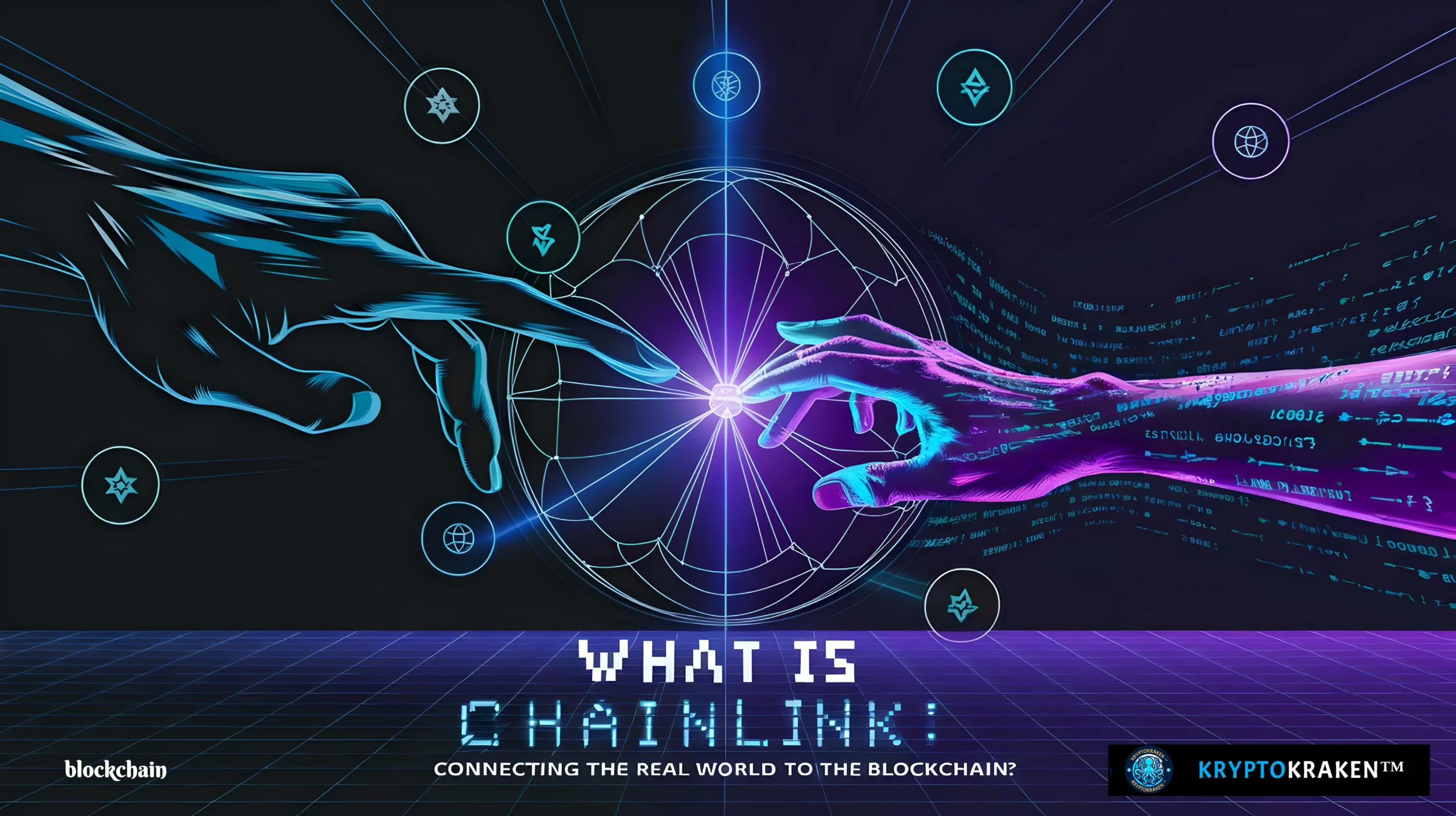




















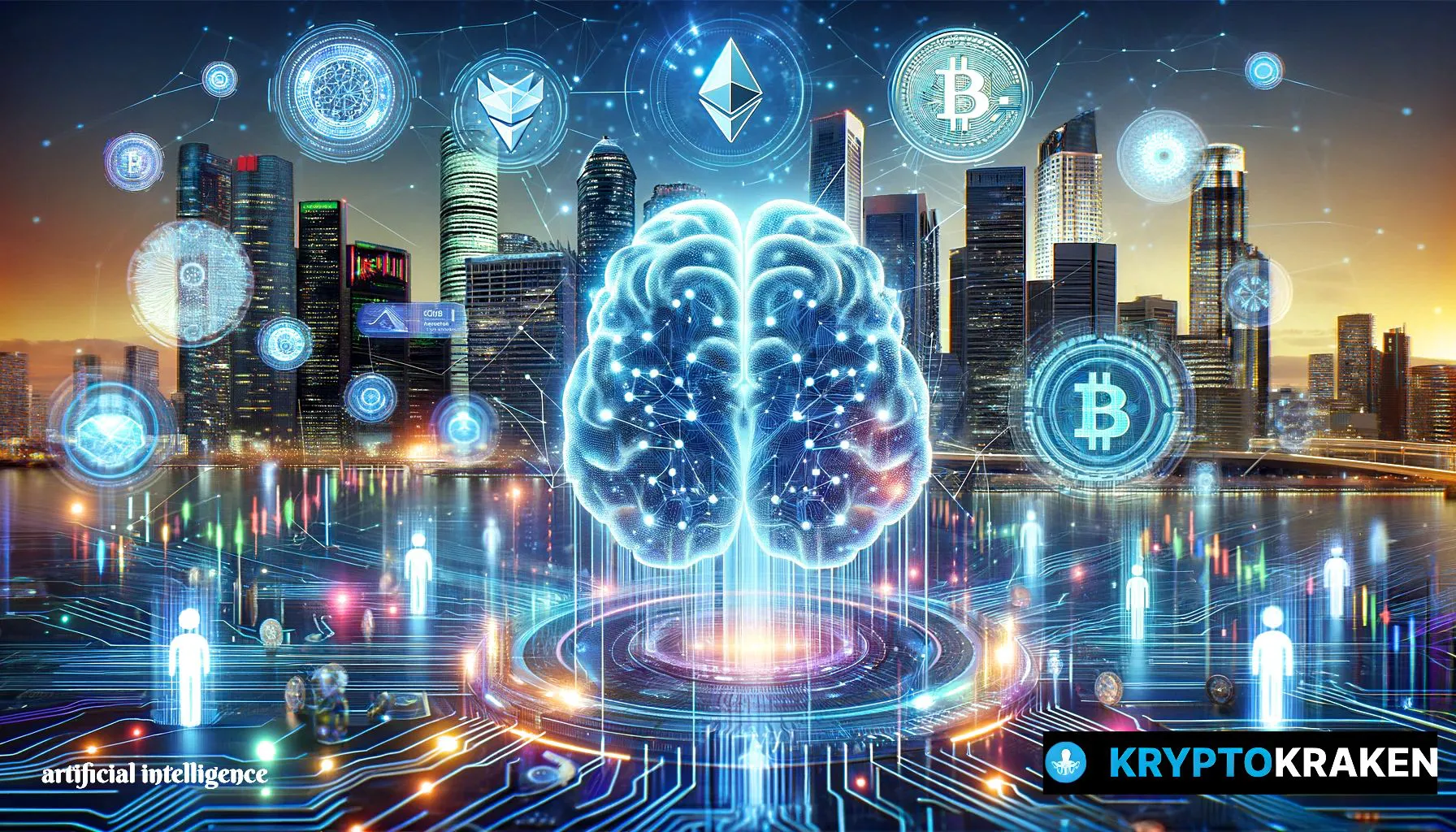
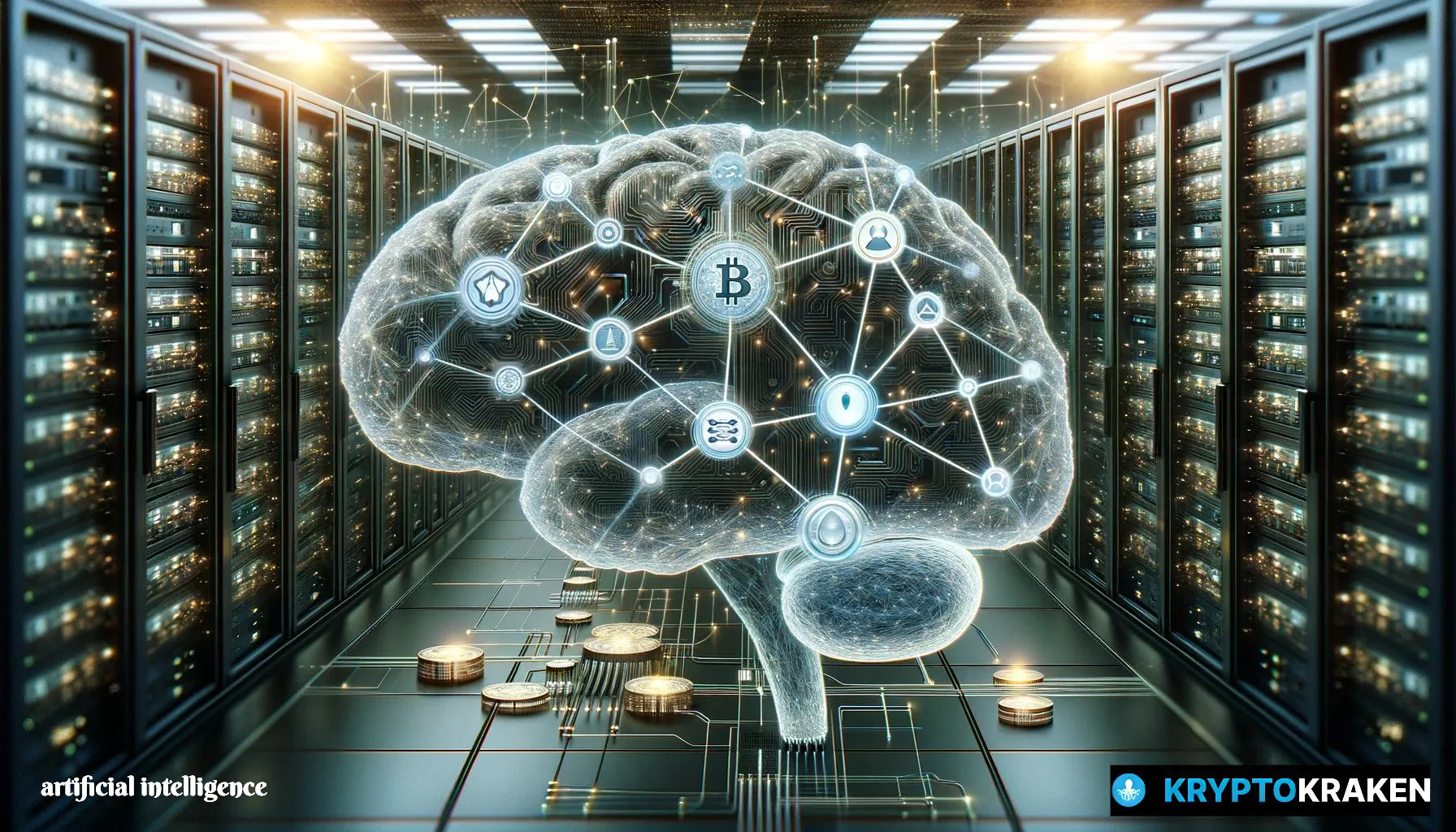











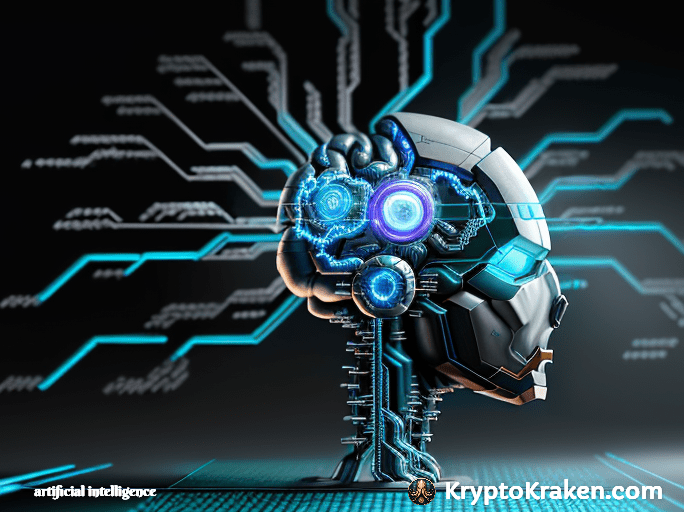


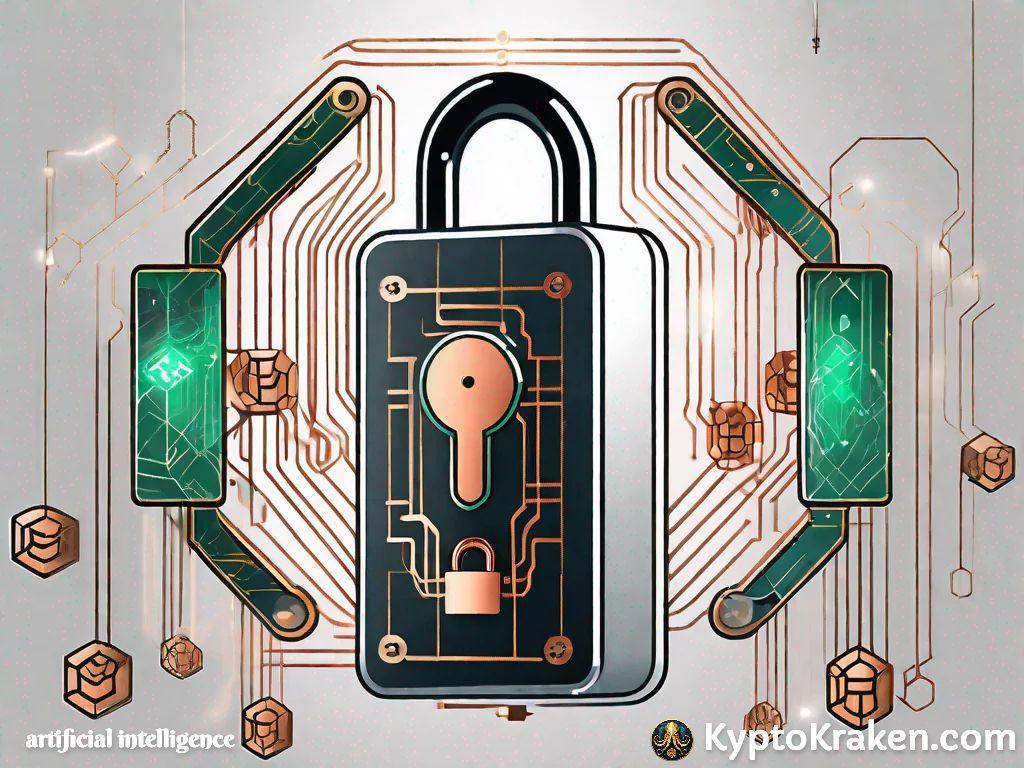
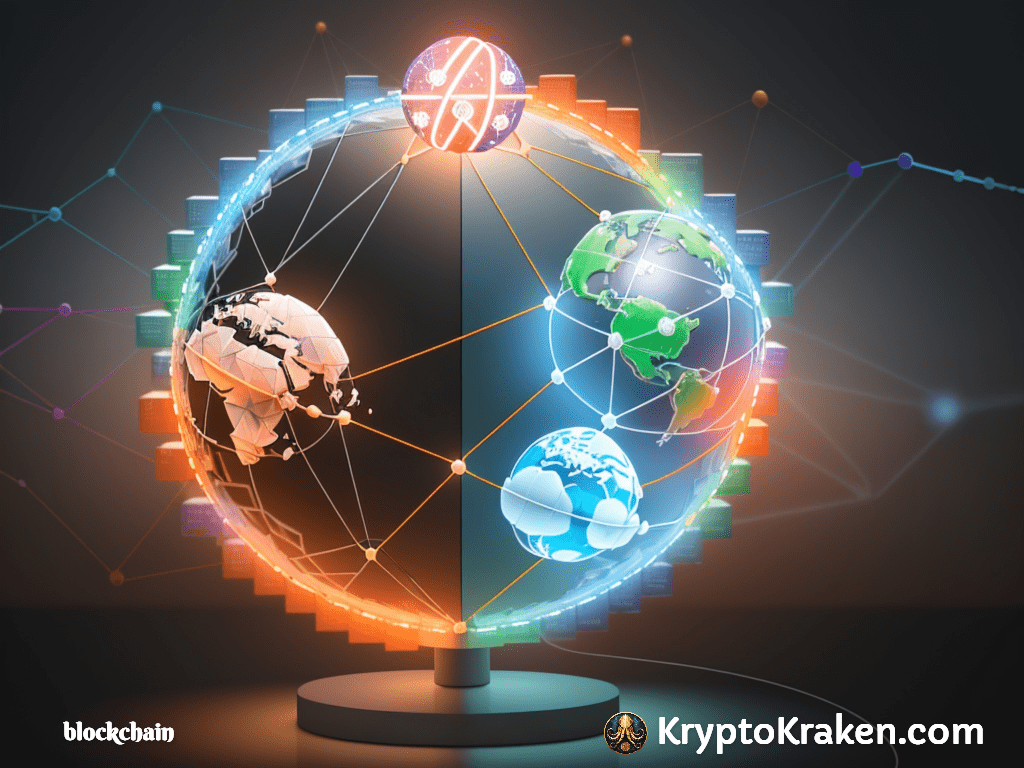



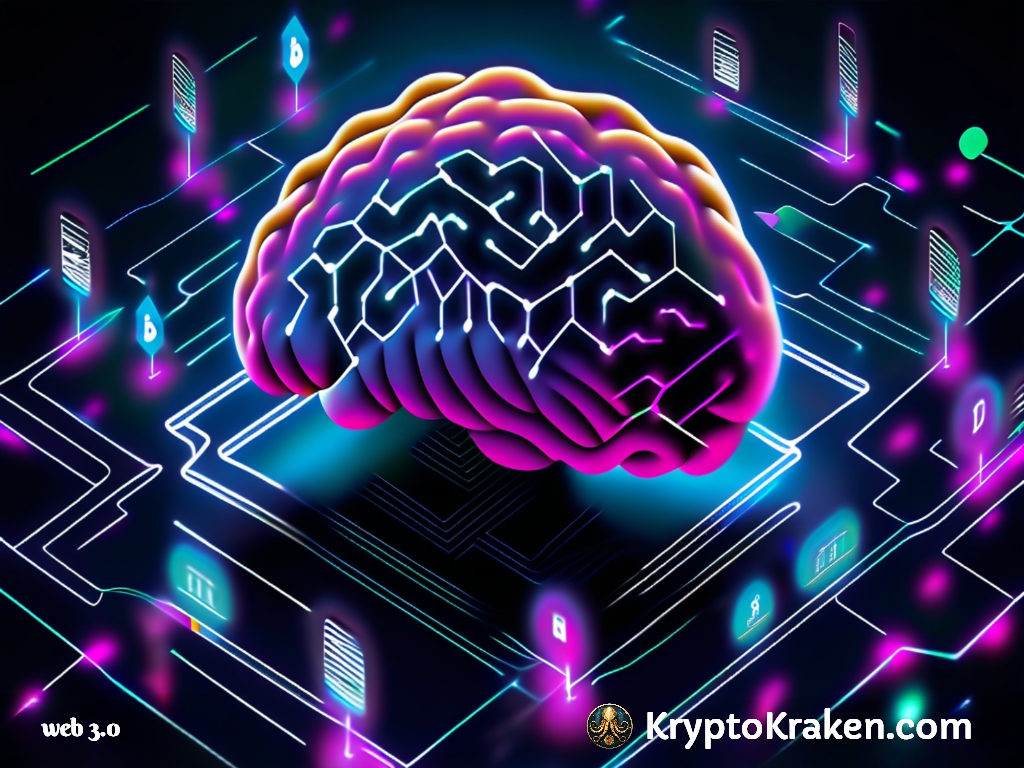
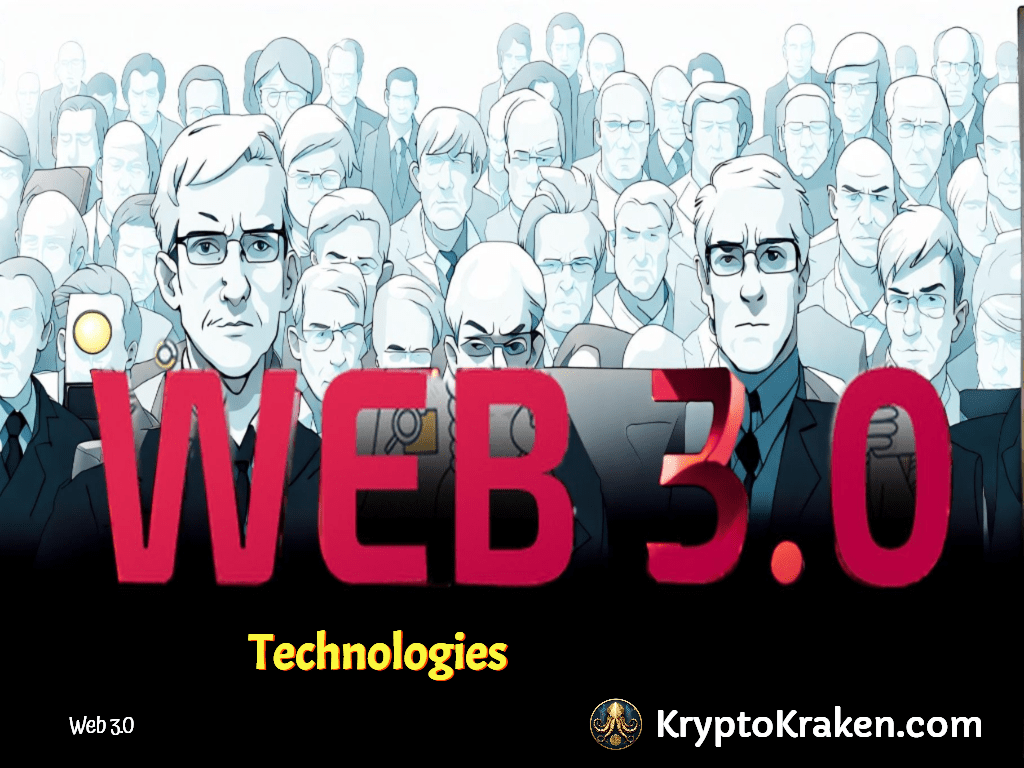















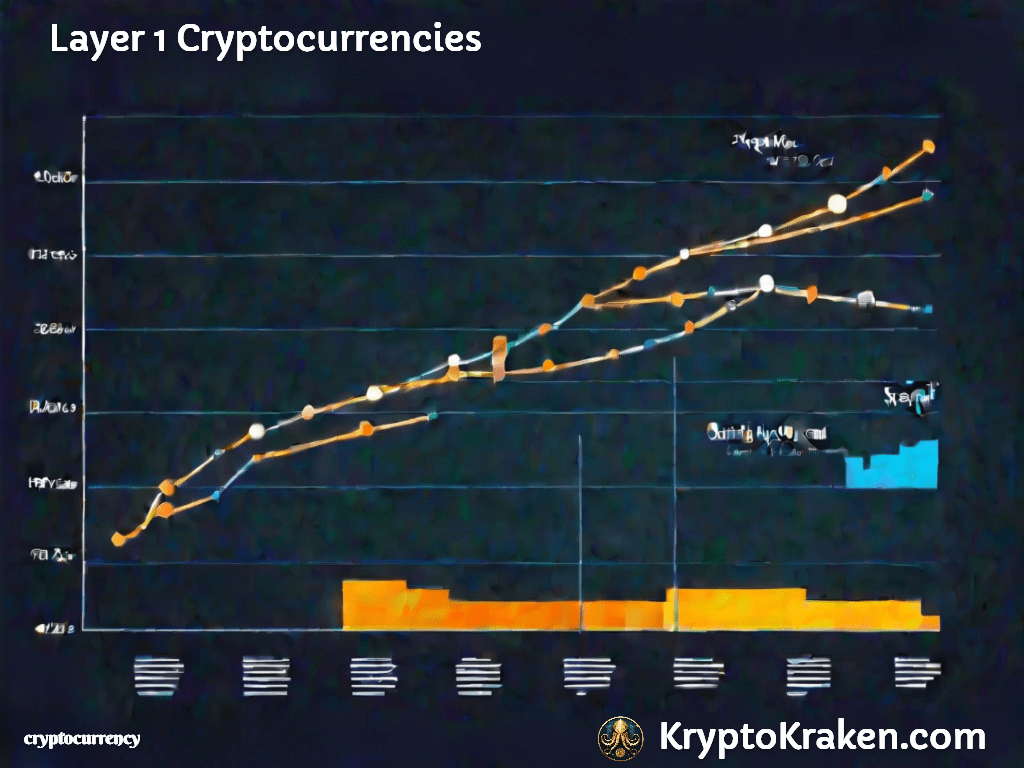


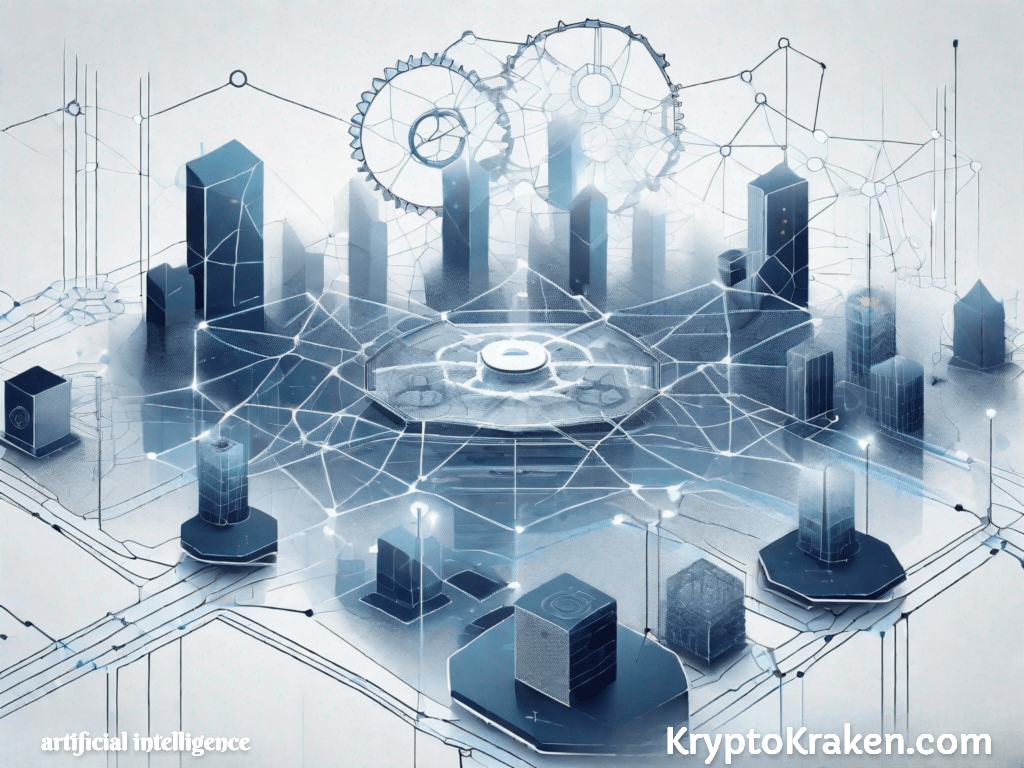

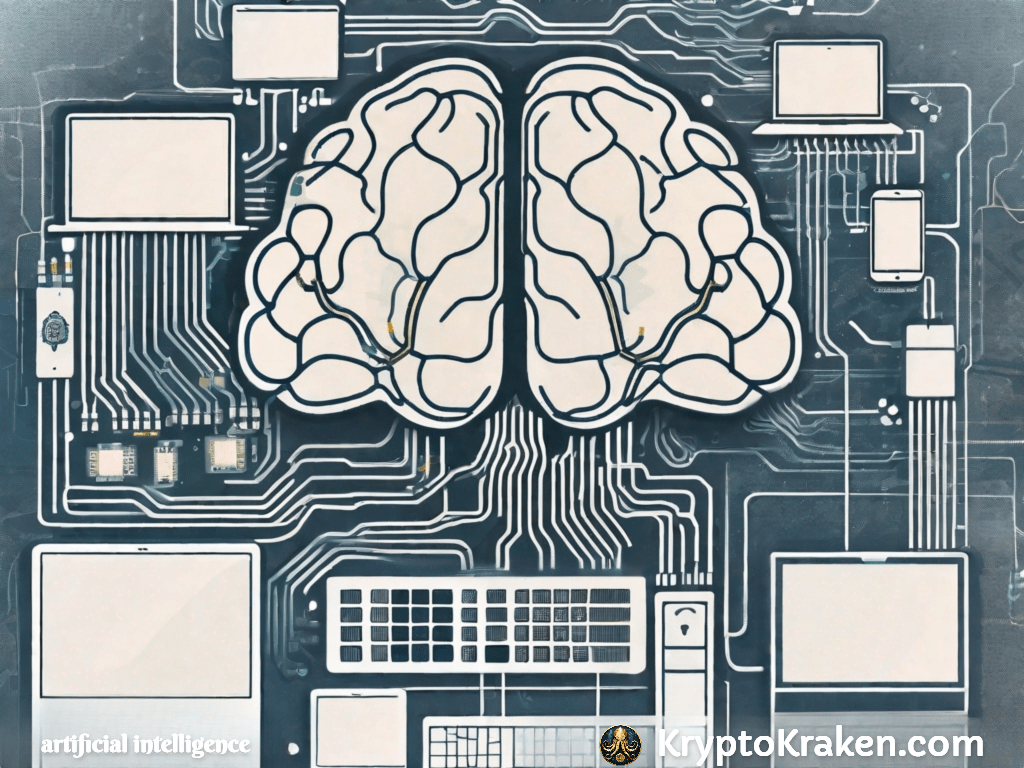

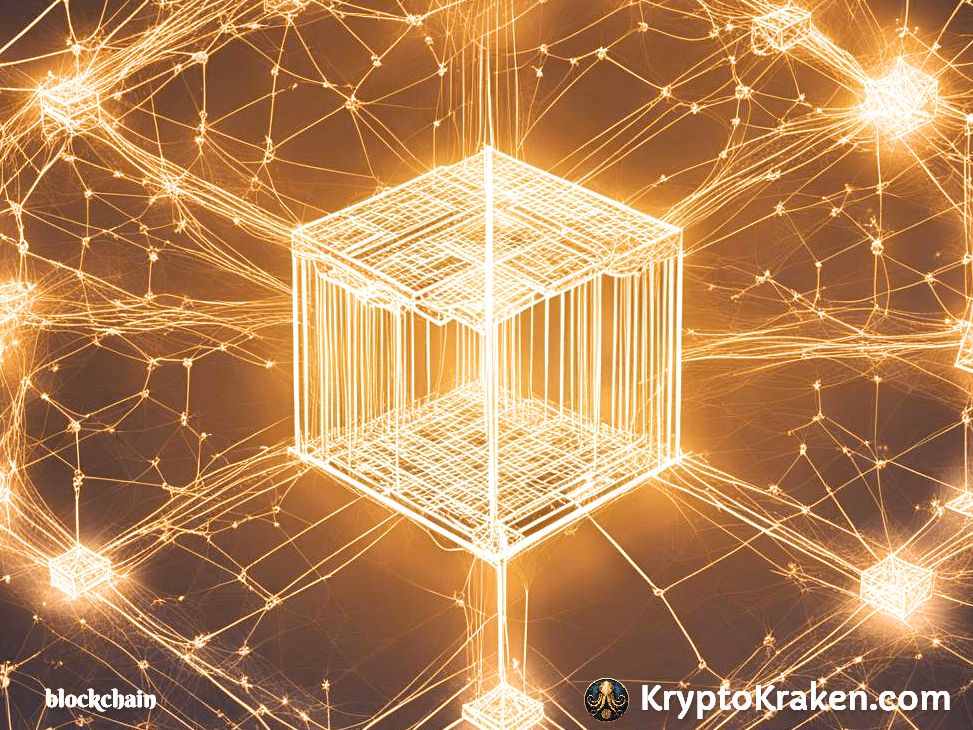
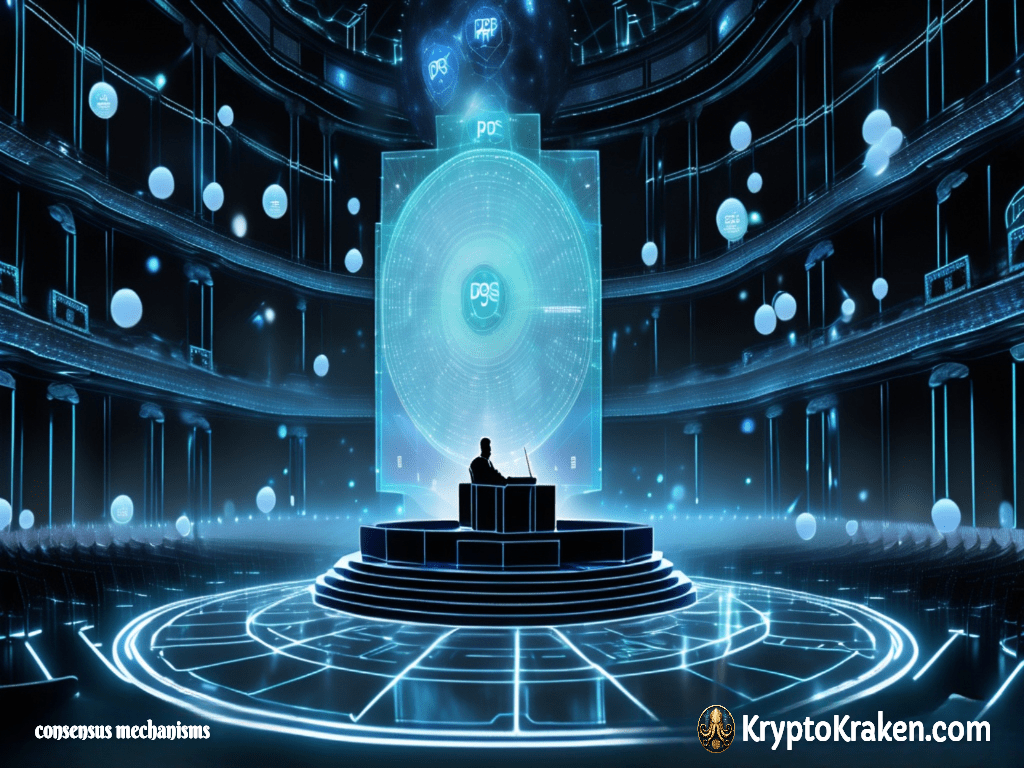
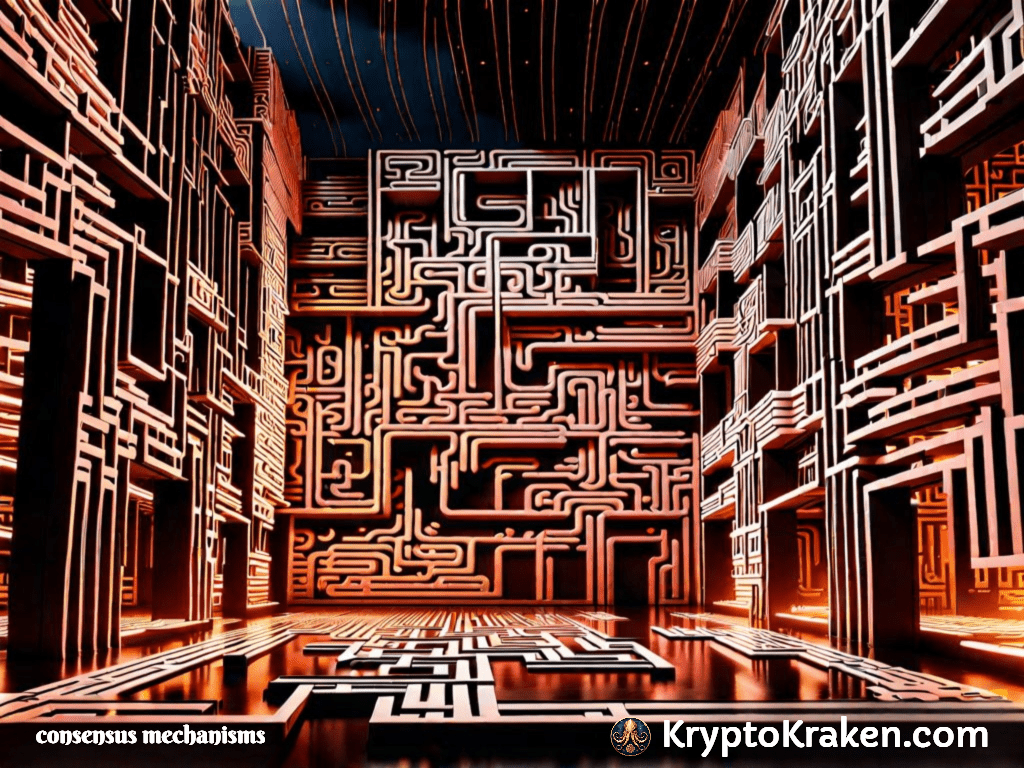

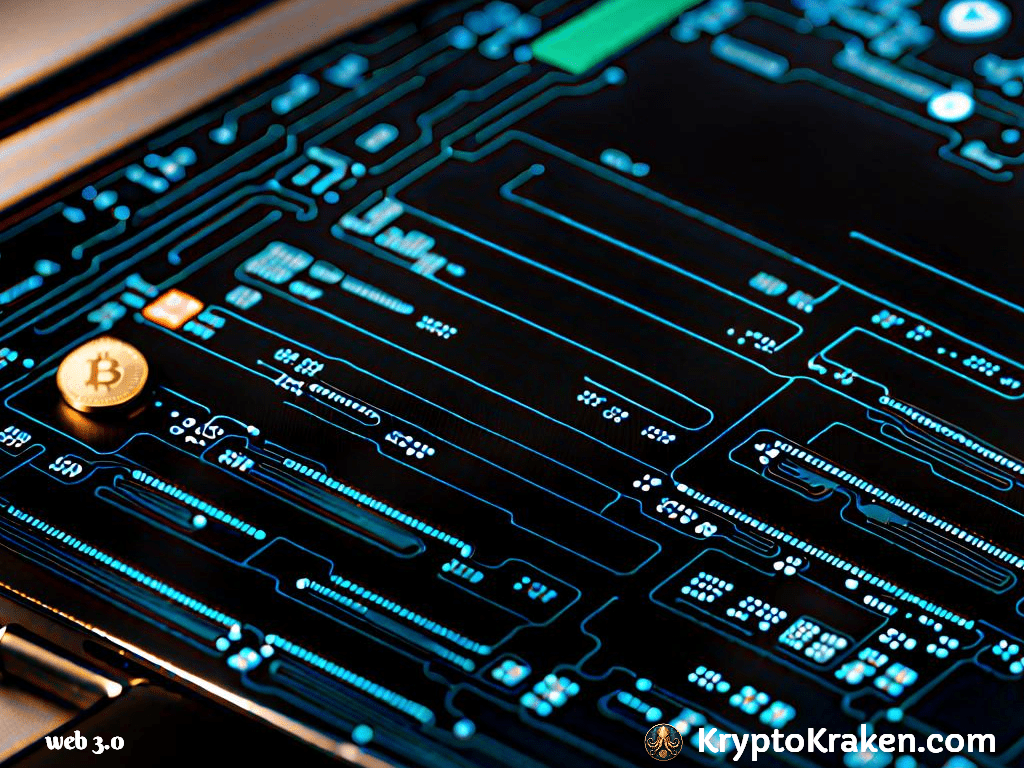






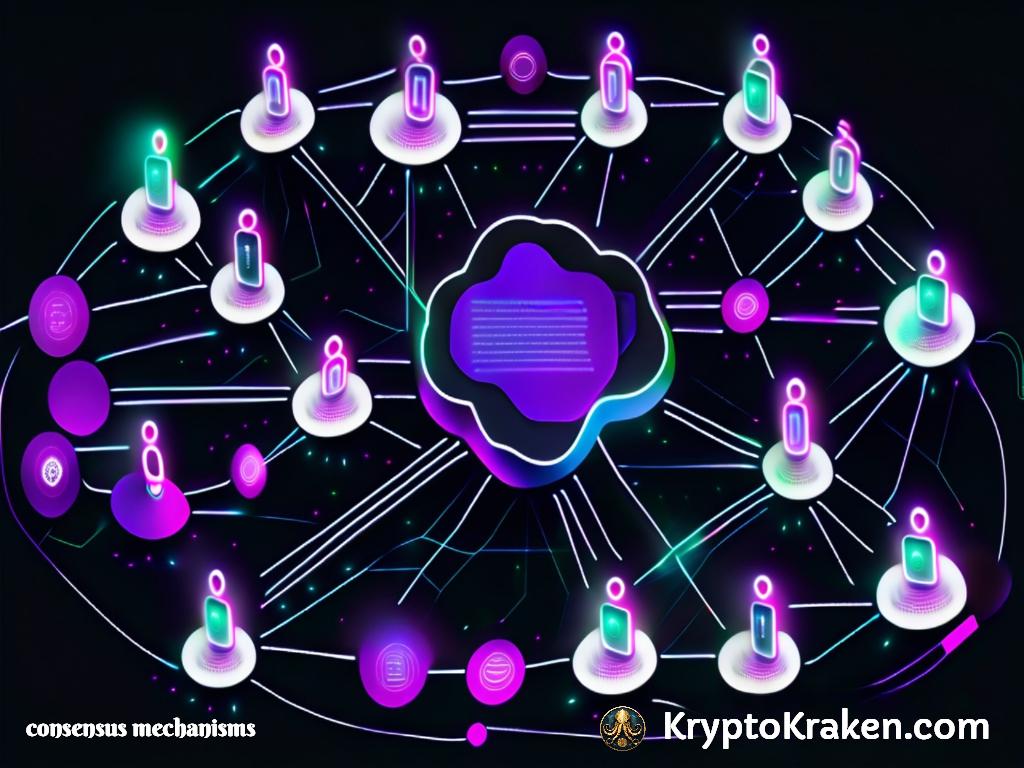
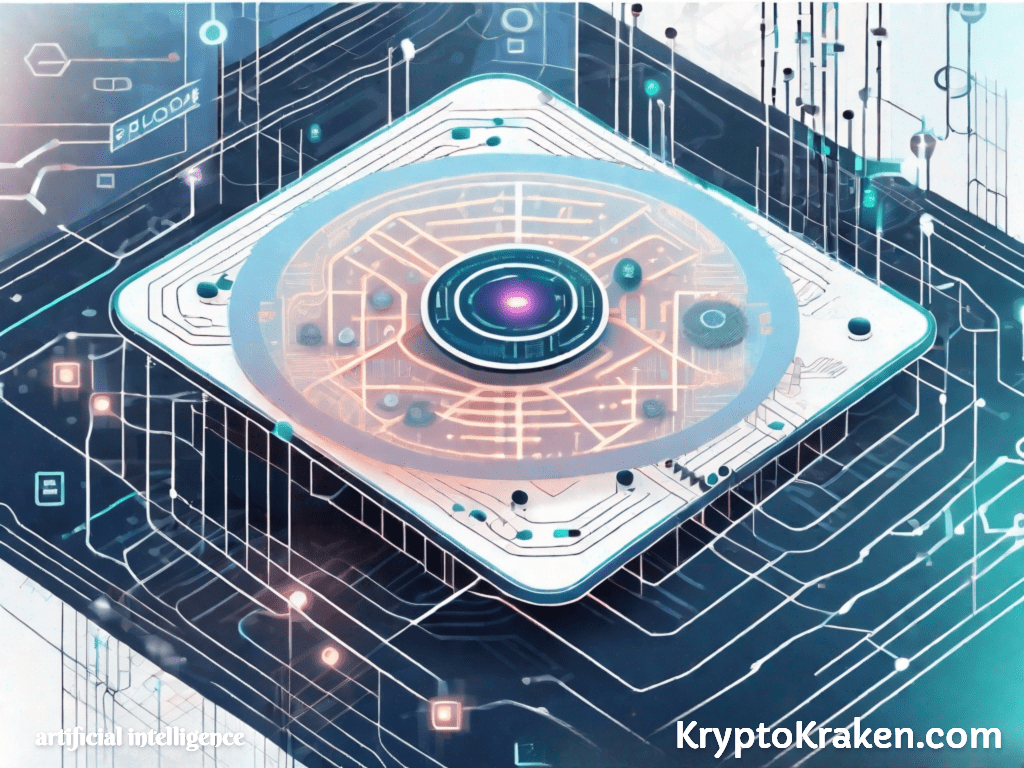
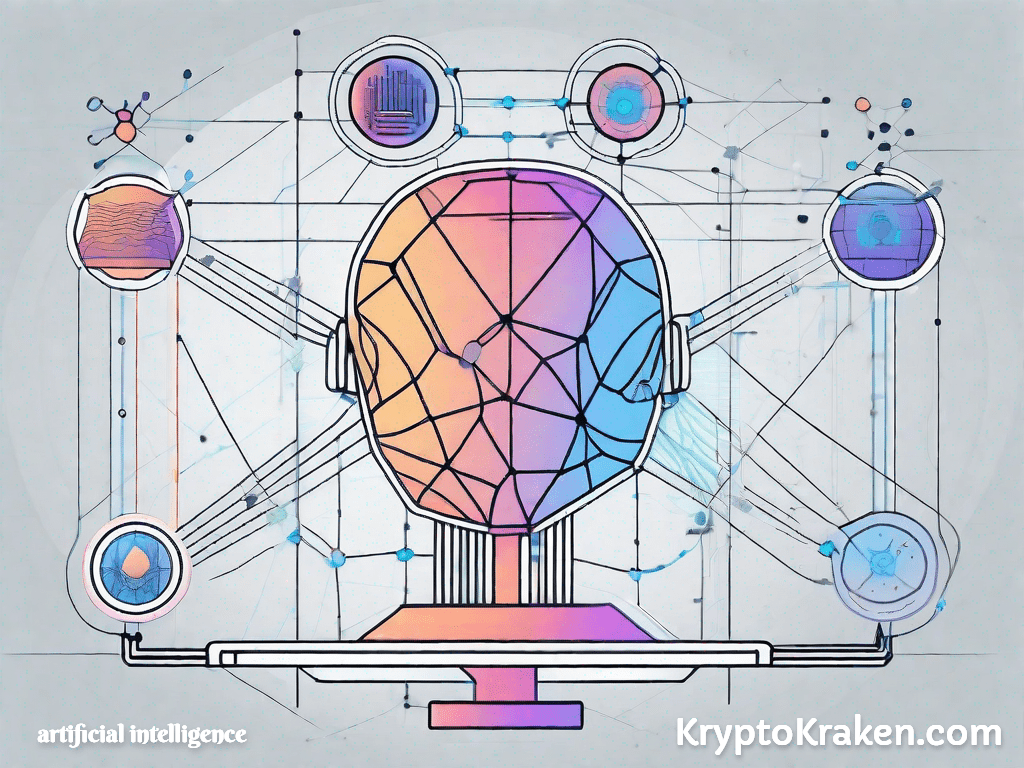
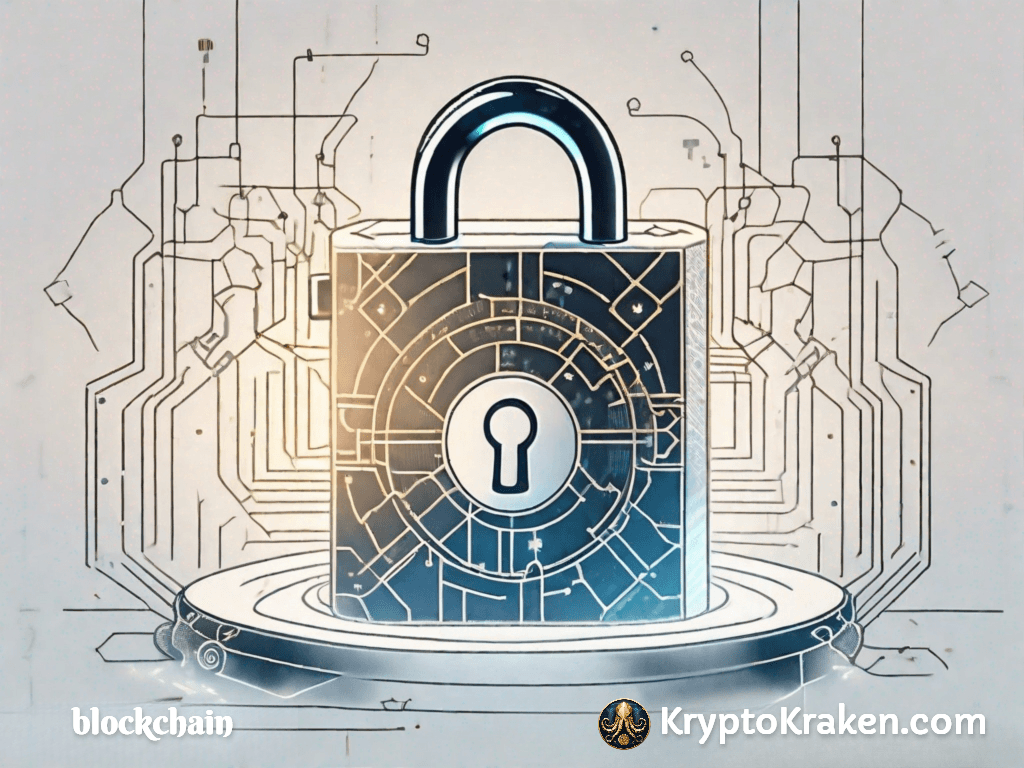



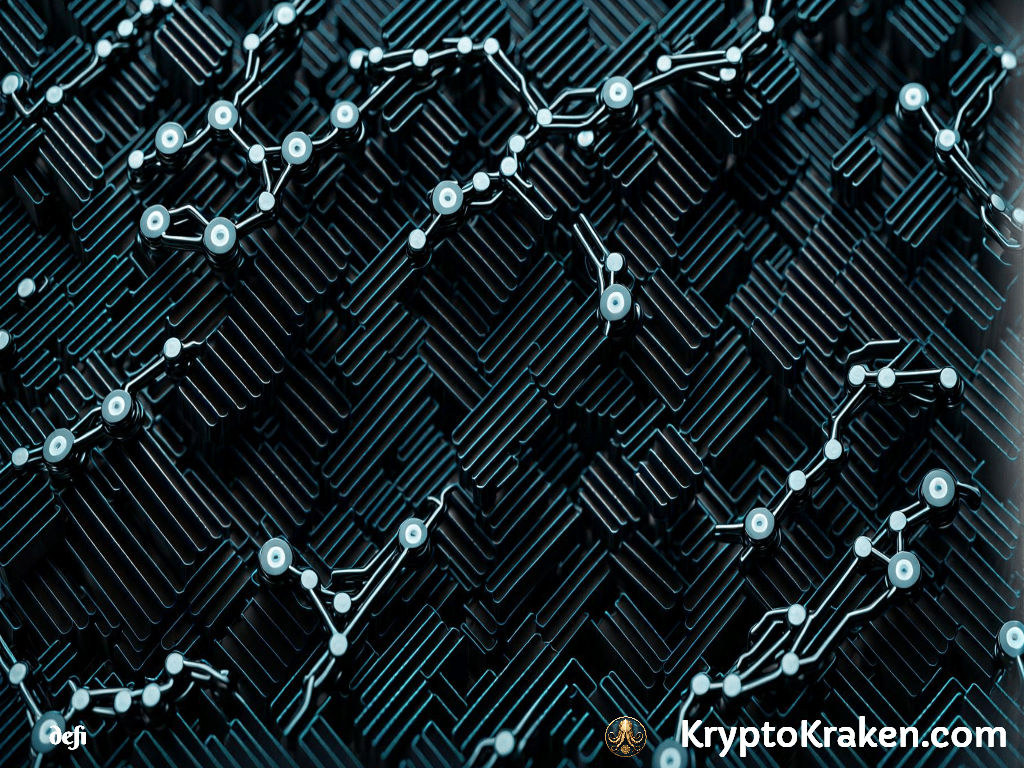
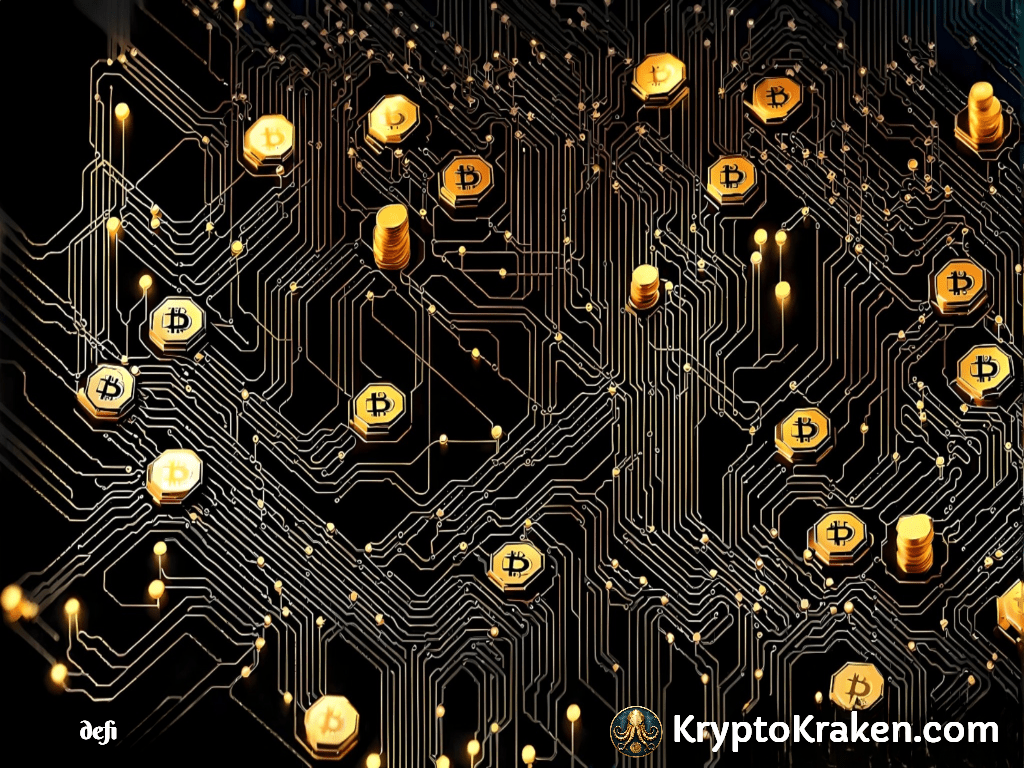

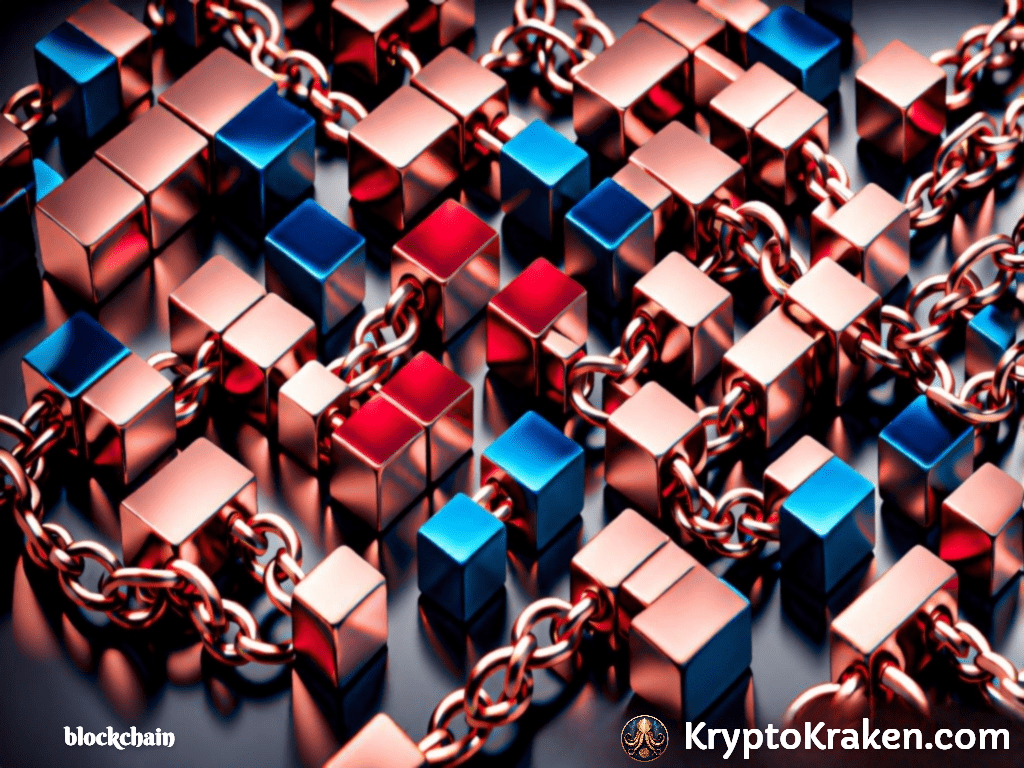







3 comments on “What Is the Primary Purpose of Consensus Mechanisms in Blockchain?”